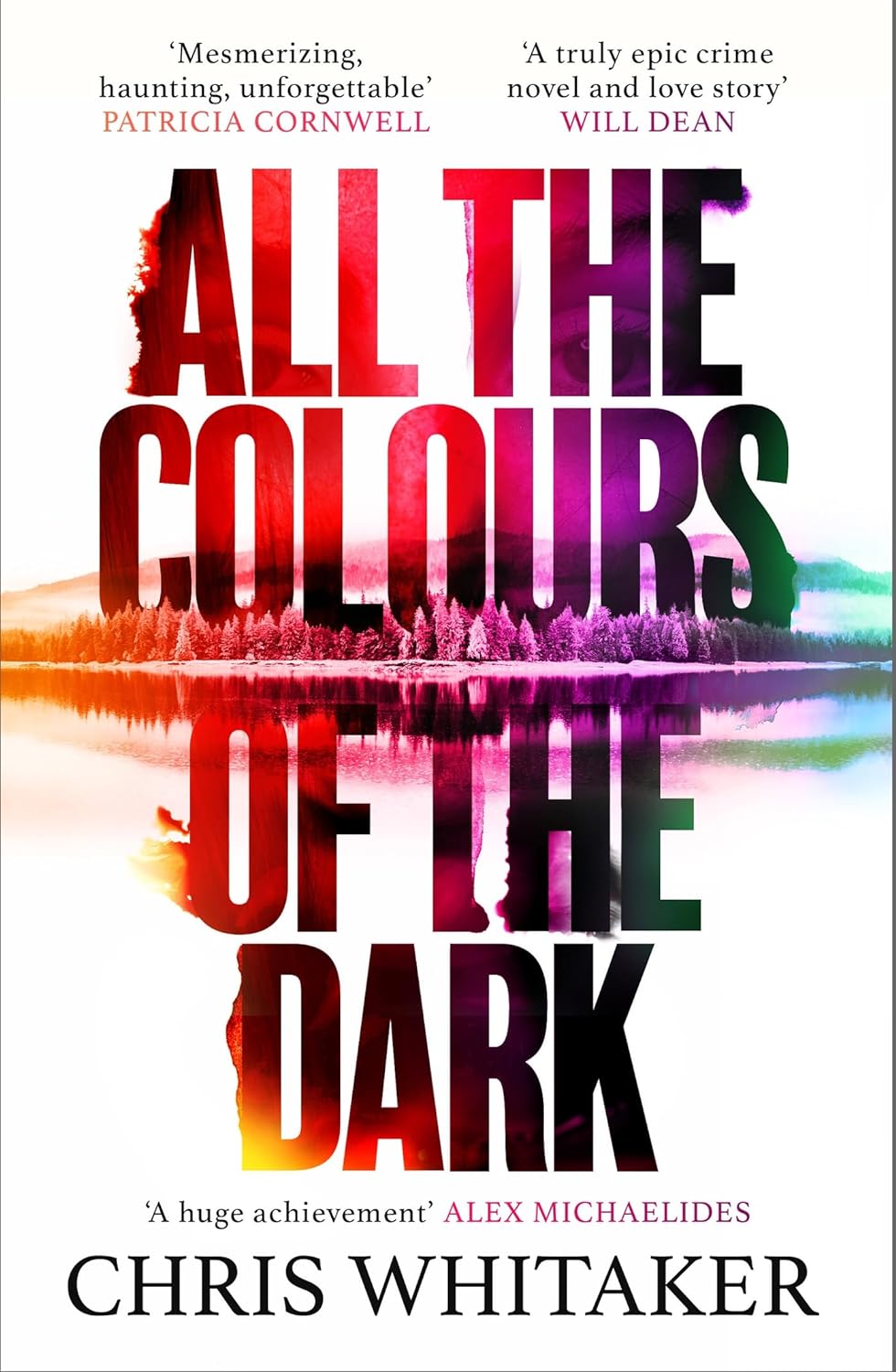All the Colors of the Dark
Reading Group Guide
byReading Group Guide for All the Colors of the Dark by Chris Whitaker offers a comprehensive set of questions that delve deep into the novel’s complex themes, character relationships, and social commentary. The central focus is on the impact of social class and economic status, examining how both wealth and poverty shape the lives of the characters, particularly in their search for Patch. This exploration of social dynamics prompts readers to reflect on how characters like Saint, who is driven by her loyalty and love for Patch, navigate the societal constraints imposed upon them. It invites a broader conversation about how class influences their choices and their interactions with one another in their pursuit of truth.
The character of young Saint is particularly compelling, as she feels an immense responsibility to find Patch, despite the discouragement of her grandmother and the skepticism of local authorities, including Chief Nix. Nix, while humorous and somewhat dismissive, allows her to continue her search, which raises important questions about duty, bravery, and the pursuit of truth in a world that often dismisses youthful passion. Saint’s journey reflects the universal struggle between duty and personal conviction, and her persistence challenges traditional views on what is considered responsible or courageous. This sets up a broader theme on the power of belief and the lengths individuals are willing to go to, even when they face overwhelming opposition.
The novel is rich with multiple characters pursuing someone or something—a theme that weaves through the lives of Jimmy chasing after Saint, Saint’s quest for Patch, and Patch’s search for Grace. These interconnected quests prompt readers to question the nature of desire and whether any of the characters actually find fulfillment in their pursuit. Are their desires ever truly realized, or do they only reveal deeper questions about themselves? The novel also explores the characters’ evolution—particularly whether Saint and Patch grow throughout the story or remain static in their views and actions. The tension between their growth and stagnation forms a significant aspect of the narrative, encouraging a deeper examination of whether the pursuit of one’s goals truly leads to personal development or only perpetuates internal conflicts.
Set against the backdrop of the 1970s and 1980s, All the Colors of the Dark contrasts the slow, sometimes frustrating search for answers with the modern world’s ease of accessing information. This historical context adds another layer to the story, making Saint’s pursuit of Grace even more poignant in a time before the internet and instant communication. The guide also prompts readers to consider how this slower, more deliberate search impacts the characters’ actions and their ultimate choices. Specifically, it raises the question of whether the journey toward truth, as exemplified by Saint’s search for Grace, alters the course of her life in ways that are irreversible. Furthermore, the guide challenges readers to think about the moral and ethical implications of Patch and Saint’s actions, questioning whether their choices are justifiable or driven by more selfish desires.
Themes of purpose, memory, and the scars left by past traumas also play a significant role in All the Colors of the Dark. The story explores the hidden secrets of the town of Monta Clare, the impact of familial love, and the process of letting go of the past. Saint’s perception of Patch, as forever youthful and untouched by the hardships of life, invites readers to reflect on the role of memory in shaping identity and relationships. The presence of Grace, both as a real person and a potential psychological manifestation, further complicates the narrative, encouraging discussions about the nature of reality versus perception. Is Grace merely a figment of Saint’s imagination, or does she represent something deeper in Saint’s quest for meaning and resolution?
The book’s ending offers a surprise that ties together the themes of love, loss, and personal growth. Readers are left to ponder whether the resolution truly answers the questions raised throughout the narrative or if it only deepens the mystery of the characters’ motivations and actions. This final twist invites a reflection on the complexity of human emotions and the lengths people will go to in search of redemption or understanding. The guide concludes by encouraging readers to engage with the novel’s intricate layers, asking them to reflect on how these themes of love, loss, and personal evolution connect to their own experiences and perceptions of the world. The book’s final moments, full of emotional resonance, create an opportunity for profound engagement with the narrative’s multifaceted exploration of the human condition.


0 Comments